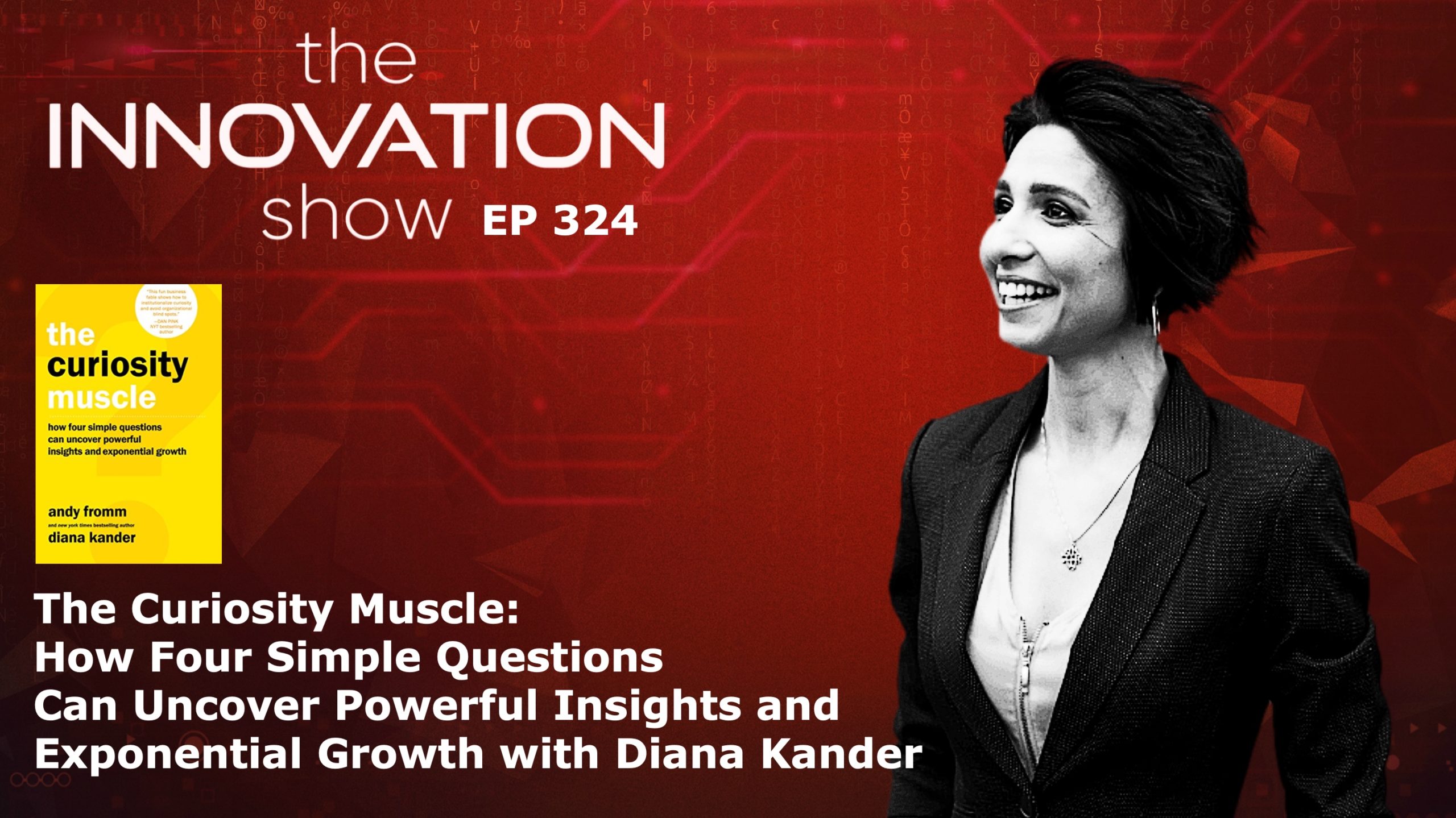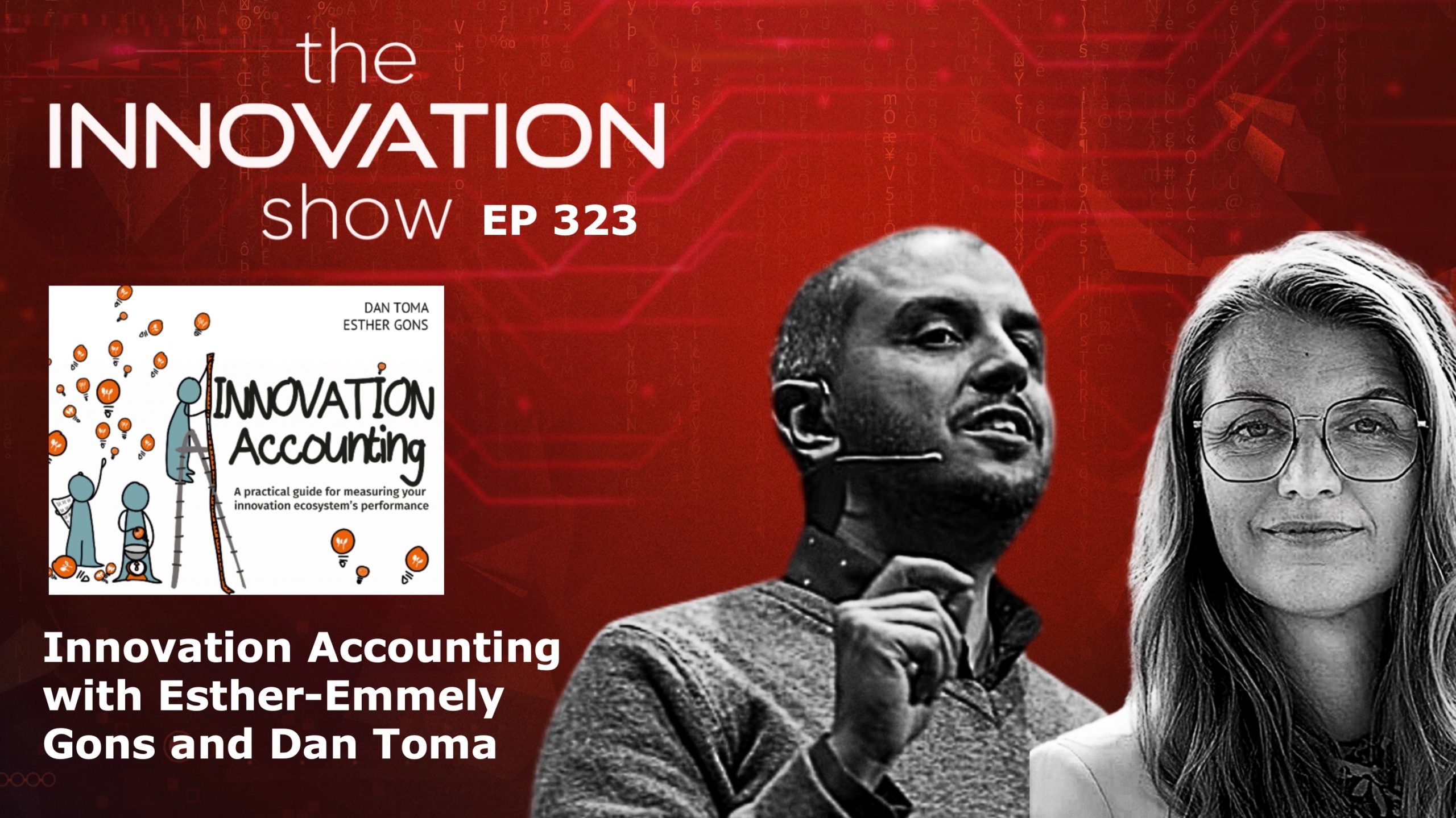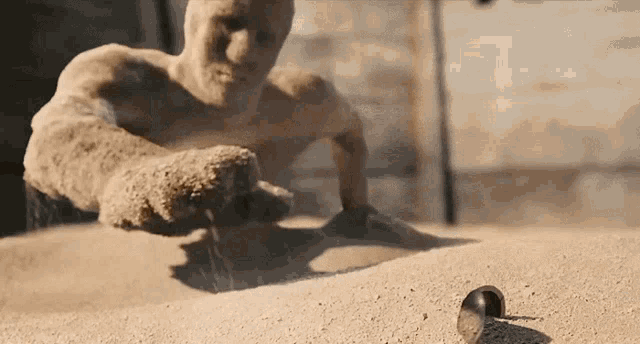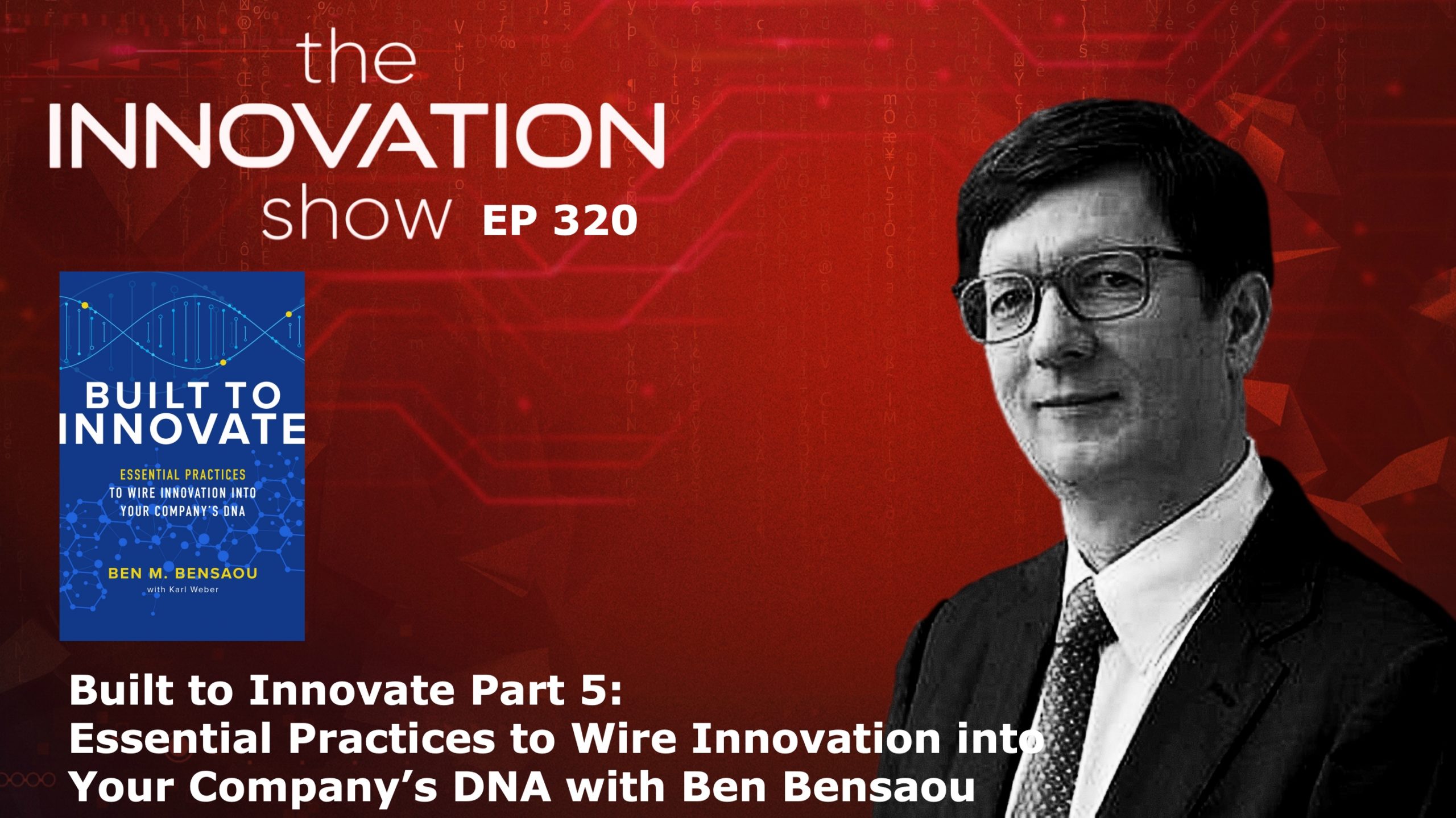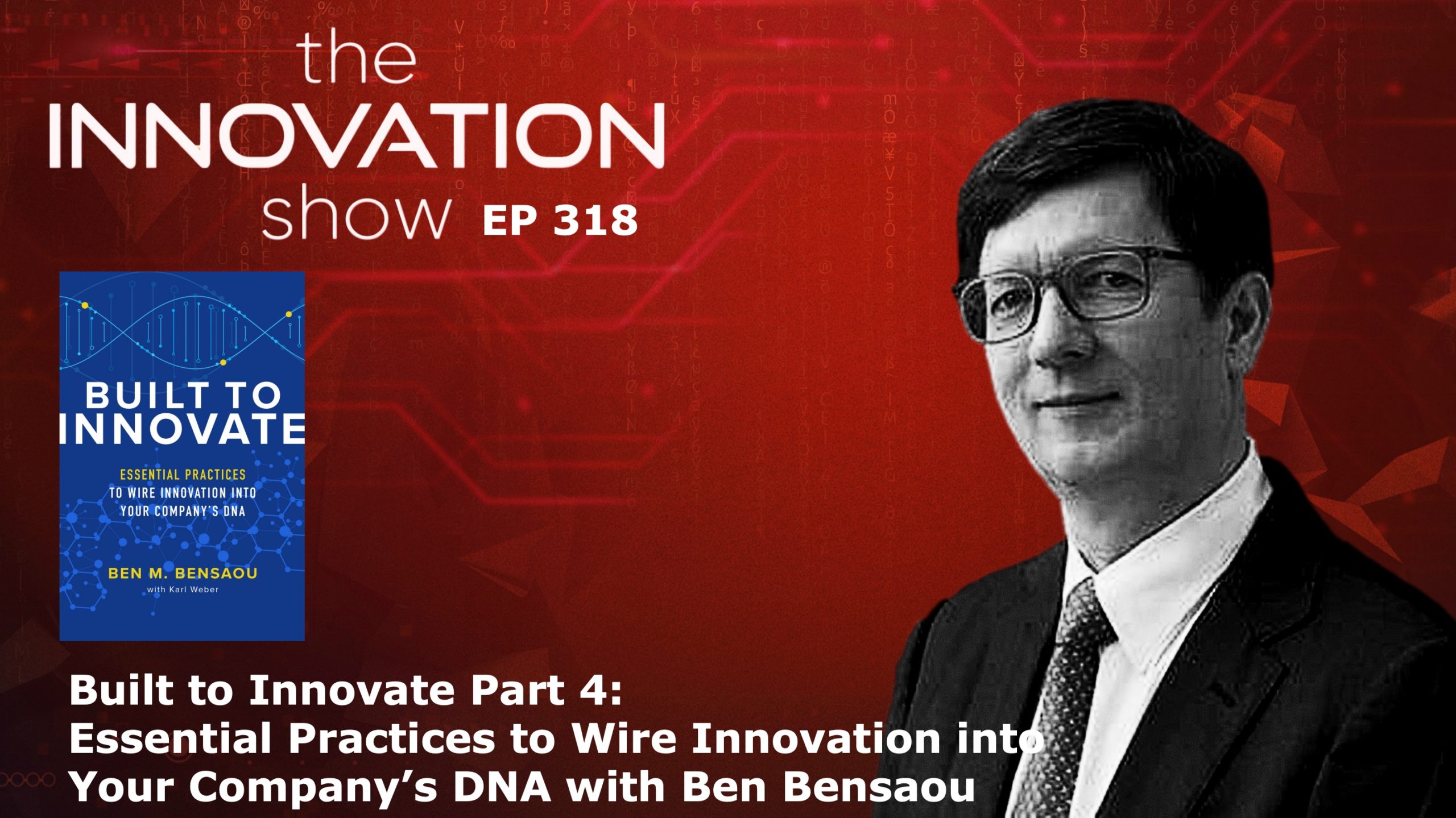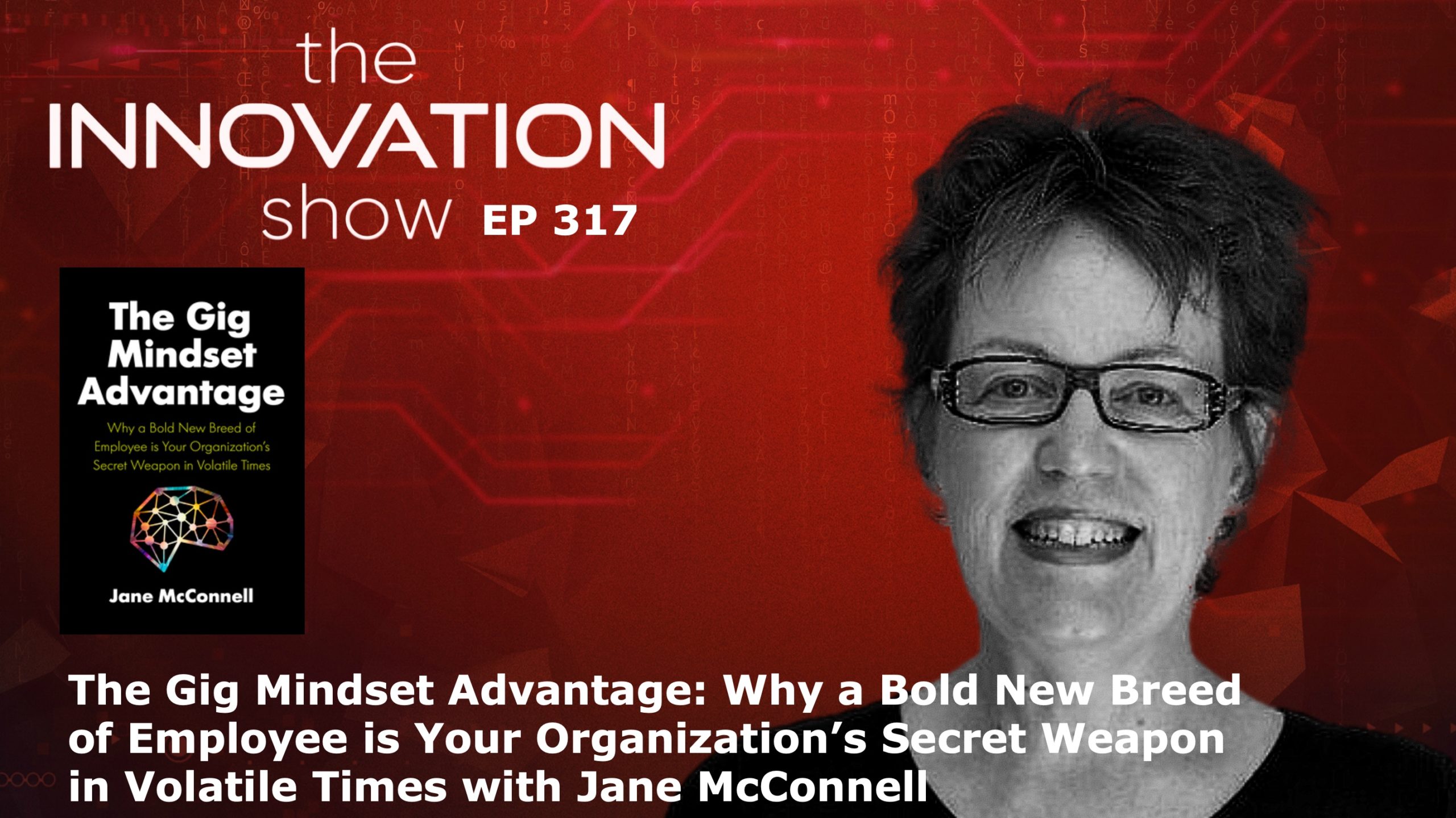Diana Kander Curiosity Muscle
Posted 4 years ago Tagged Aidan McCullen Business Corporate Culture Entrepreneurship Innovation Leadership Transformation
Are you drowned in paperwork as an innovator?
Posted 4 years ago Tagged Aidan McCullen Business Corporate Culture Dan Toma Entrepreneurship Esther Emmely Gons Innovation Innovation Accounting Leadership Startups Transformation
Innovation Accounting with Esther-Emmely Gons and Dan Toma
Posted 4 years ago Tagged Aidan McCullen Business Corporate Culture Disruption Grip Loosely Innovation Leadership Strategy Transformation Transient Advantage
This Thursday Thought holds lessons for us in a business and personal context. To navigate change, we must grip our transient advantages loosely. Today, as we close out the Covid-19 pandemic under the threat of war, uncertainty is a certain ingredient of our life experience. We must be make peace with uncertainty and let go of control. The only control we can exercise is over our preparation, in doing so we prepare our response to unavoidable disorder and chaos.
Posted 4 years ago Tagged Deciduous Organizations shed employees like leaves
Financial measurement alone can suggest an organization is well, while the underlying culture is often sick (as well as many of those people working there). When it comes to deciduous organizations, they pay no attention to the devastating impact on families, the psychological impact on individuals and society when they chose profits over people. One caveat is that not all companies have behaved in this way, some organizations – big and small – displayed heroic acts of loyalty to their people during seasonal stress, but they are in the minority. Is it any wonder that employees are less loyal today than they have been decades ago?
Posted 4 years ago Tagged Business Corporate Culture Innovation Innovation Alignment Leadership Strategy
The main point of this Thursday Thought is that many people in a similar position to me, believe(d) that, “It is better to ask for forgiveness than ask for permission.” We also subscribe to what Picasso said, “The first act of creation is one of destruction.” However, I understand now that this approach is useful in certain situations, but when it comes to legacy organization transformation efforts, it will fail. Unless you are going to gut the organization like a Black Dinner or Red Wedding, you will not change mindsets in a positive sense and you will turn most of the organisation against you, even if they know you mean well. If you consider yourself a pioneer, you will definitely take some arrows.
Posted 4 years ago Tagged Ben Bensaou Built To Innovate Ben Bensaou Insead Built To Innovate Book Culture of Innovating Innovation
In this episode, we explore the case study of Bayer and how the 40billion dollar giant diffused a mindset of innovating across the organization.
Posted 4 years ago Tagged Aidan McCullen Change makers Corporate Air Cover Innovation Corporate Catalysts Corporate Culture Disruption Handing over credit Innovation Leadership Transformation
“The world is divided into people who do things – and people who get the […]
Posted 4 years ago Tagged Aidan McCullen Aidan McCullen Innovation Business Corporate Culture Disruption Innovation Jane McConnell Leadership The Gig Mindset Advantage Transformation
Found at all levels of the workforce but often stifled by managers, gig mindsetters are disruptors who upend business as usual and bridge gaps while achieving surprising outcomes and charting new directions. Six case studies of early adopters illustrate how it is shaping business in diverse fields: science and technology, industrial energy, healthcare, financial services, agricultural commodity trading and legal services.
